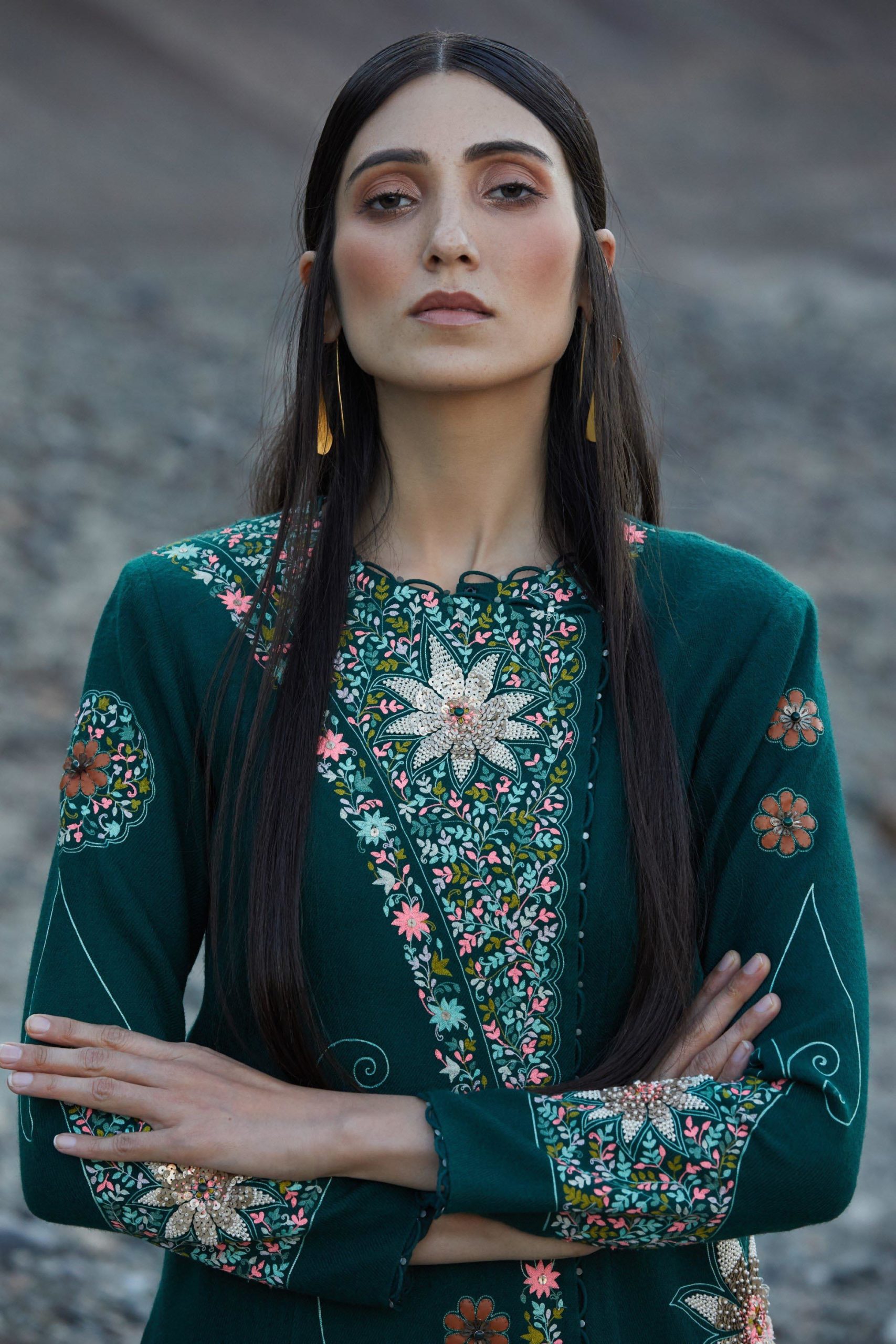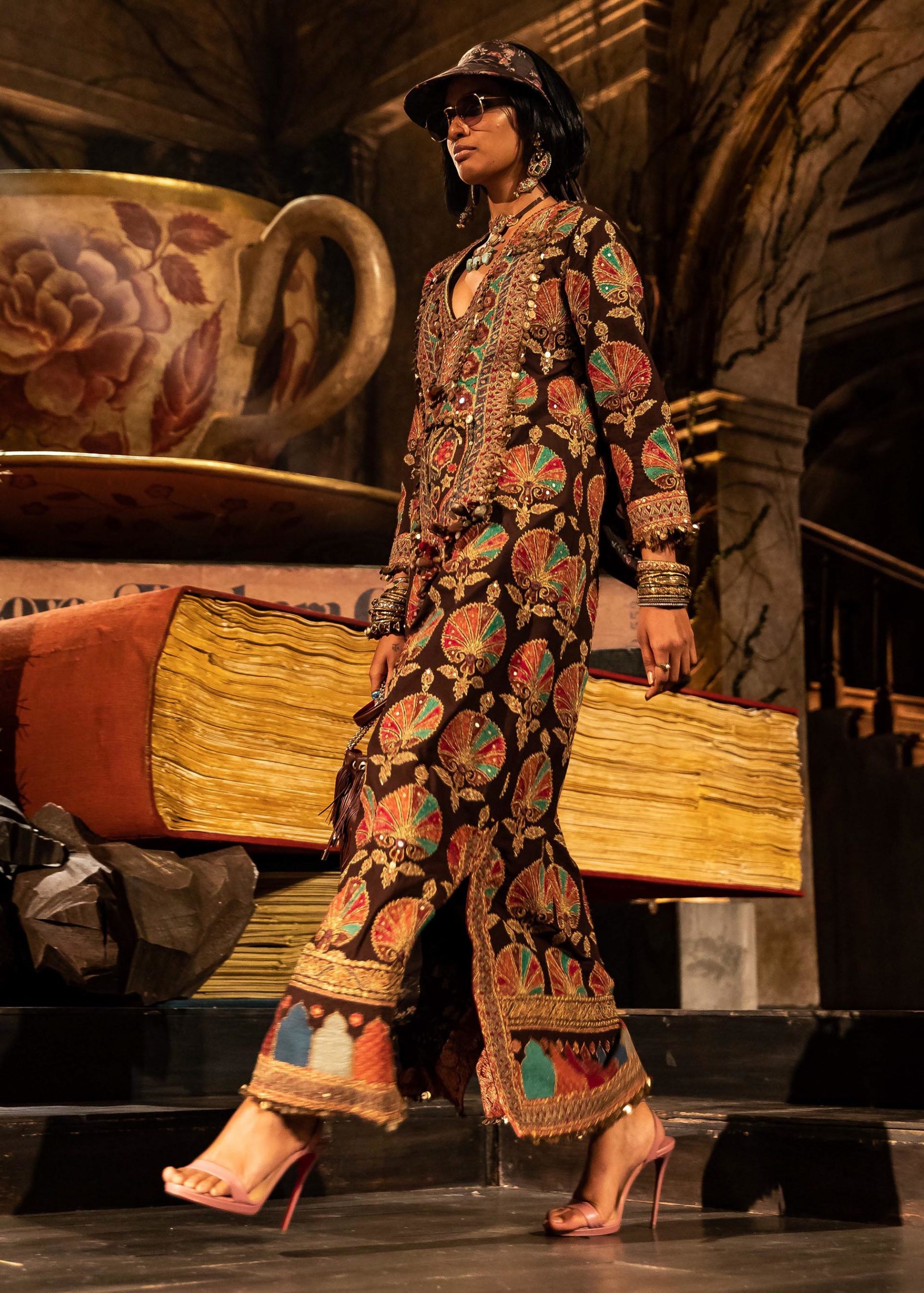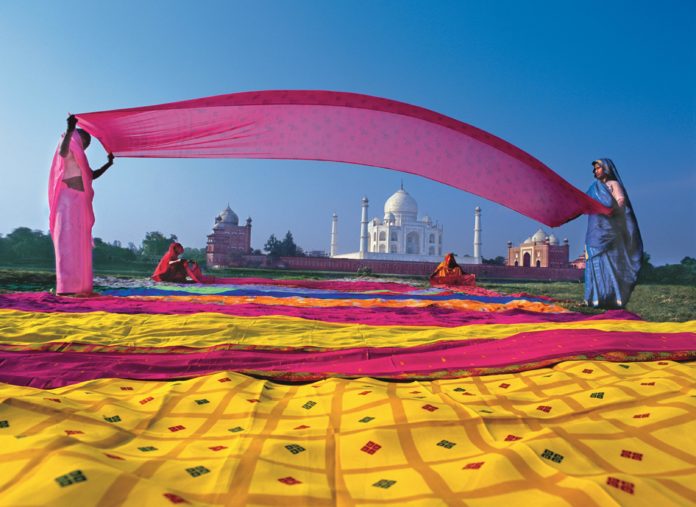“The streets filled with the aroma of kebabs, those of Uttar Pradesh boast of their
intricate ‘chikankari’, while the land of sarson da saag, Punj“ab, is popular for its delicate ‘phulkari’. The weaves and colours of Indian fashion are a testimony of the nation’s rich cultural heritage.”











